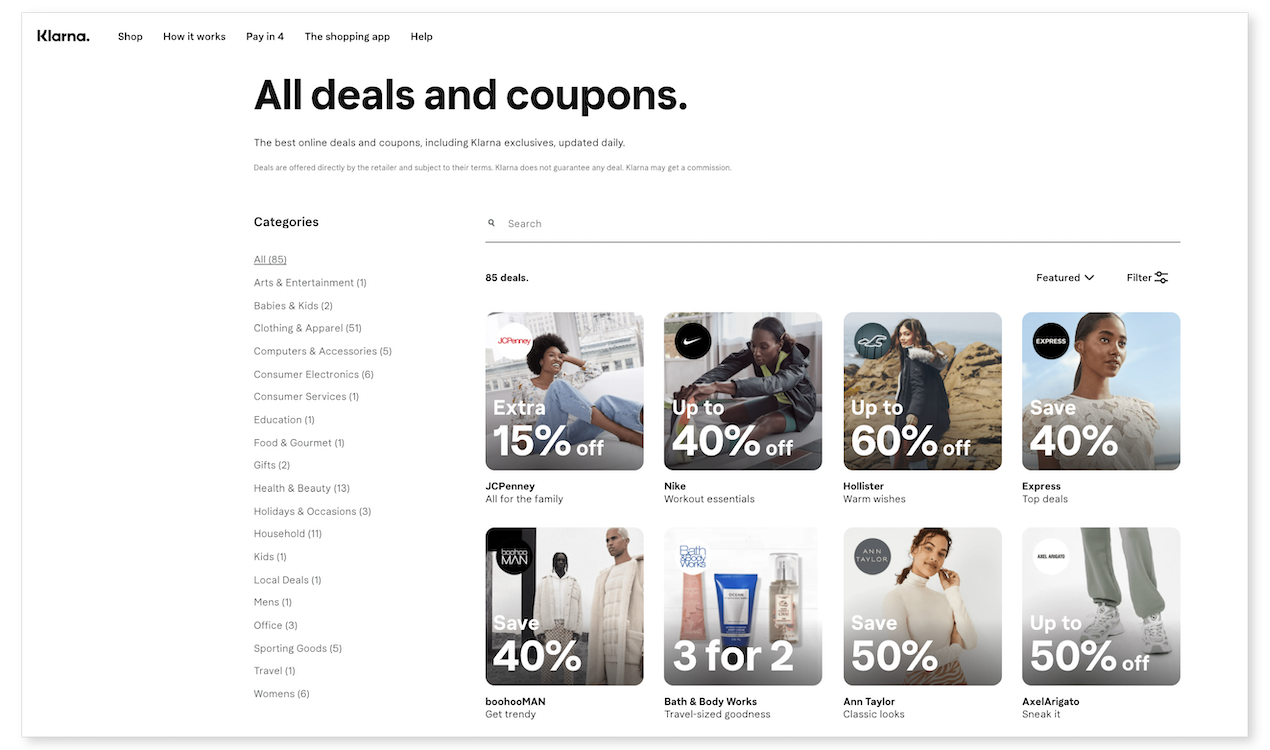This blog was originally published on Digital Context Next InContext.
If we’ve learned anything over the past few years, it’s that almost anything is possible. For better or worse, the future is highly unpredictable, which can make long-term planning difficult. One of the best ways to prepare for the future — whatever it may bring — is by keeping up with industry trends.
That said, one looks to be a sure bet: ecommerce. Undoubtedly, this is a revenue trend that will only grow in importance for publishers. According to GroupM, “By 2024 retail-focused ecommerce will amount to $7T in annual sales activity or 25% of all retail sales.” And the effects of the Covid-19 pandemic have only continued to accelerate the adoption of online shopping and the move away from traditional brick-and-mortar retail.
For publishers, creating an ecommerce strategy that is optimized for impact is more important than ever.
3 trends to watch
Ecommerce is evolving rapidly, as new technologies emerge, and consumer expectations continue to rise. We’re already seeing the impact of these three trends, but they are likely to become increasingly more prominent.
1. Friction-free experiences
Publishers and retailers alike are focused on creating smooth, seamless ecommerce experiences. That means empowering consumers to complete a purchase quickly and easily, in as few steps as possible.
For example, an inefficient ecommerce experience might send readers from your content to a merchant page where they must search for the featured product, visit the product page, add the item to their shopping cart, and finally check out. Shoppable technology can streamline the process, allowing consumers to go directly to the desired product page — or even add merchandise to their cart from a link in your content.
Reducing friction is beneficial for both publishers and merchants, as it lessens consumer frustration and increases conversions. And consumers increasingly expect this type of functionality, so they can shop whenever, wherever, and however they prefer.
2. New payment methods
The practice of buy-now-pay-later (BNPL) is growing in popularity among major retailers, who are eager to provide consumers with easy payment options. This trend is beginning to catch on among publishers as well — especially with those who already leverage ecommerce as a core part of their business.

BNPL is essentially a type of short-term financing that allows consumers to make a purchase now and pay for it in the future — often in multiple, interest-free installments. As consumers get accustomed to this type of payment option in the retail world, it’s likely that publishers will need to follow suit to avoid missing out on valuable ecommerce revenue.
On the outskirts of the payment method trend, a few publishers are experimenting with purchases using cryptocurrency or even text-to-buy — although these are far from common.
3. Social commerce
A frictionless experience is integral to social commerce, which allows consumers to make purchases through apps and social channels. This segment of the ecommerce market is growing rapidly, from $89.4 billion in late 2020 to a projected $604.5 billion within seven years.
With numbers like these, it’s no surprise that publishers are exploring new ways to monetize user engagement on social media. Ecommerce opportunities are the next logical step for influencer-focused channels like Pinterest and Instagram, so users can immediately purchase the products they see.
Channels like Instagram, Pinterest, Facebook, and Snapchat are rapidly expanding their shopping tools and functionality, which can help publishers tap into this trend. After all, research shows that finding inspiration and products to buy is cited as one of the main reasons today’s consumers use social media.
The continued growth of ecommerce has become a potential revenue stream that is too big for many publishers to ignore. By partnering with platforms, retailers and other service providers publishers can create rich ecommerce experiences, offering the type of online shopping experiences that consumers now demand. Those that don’t risk being left behind, leaving much of ecommerce’s potential unrealized.

